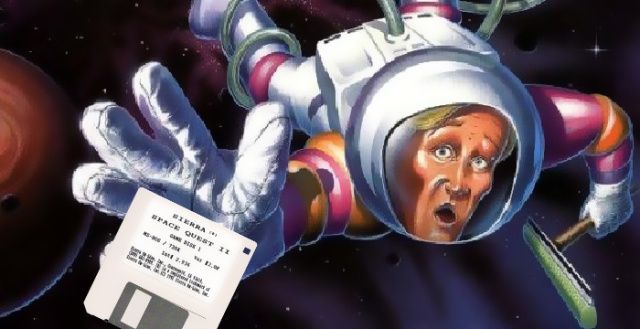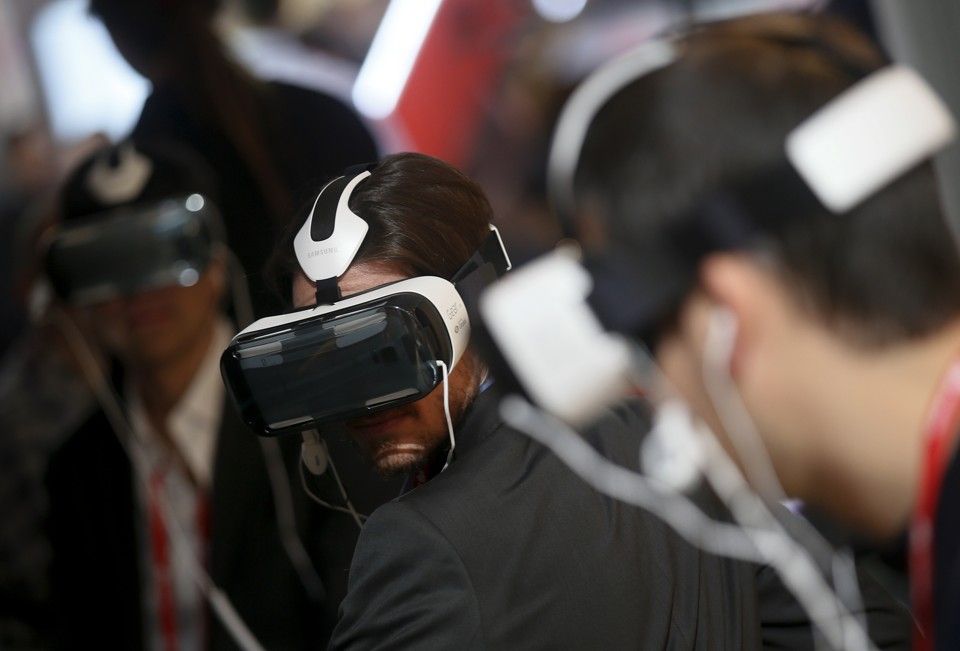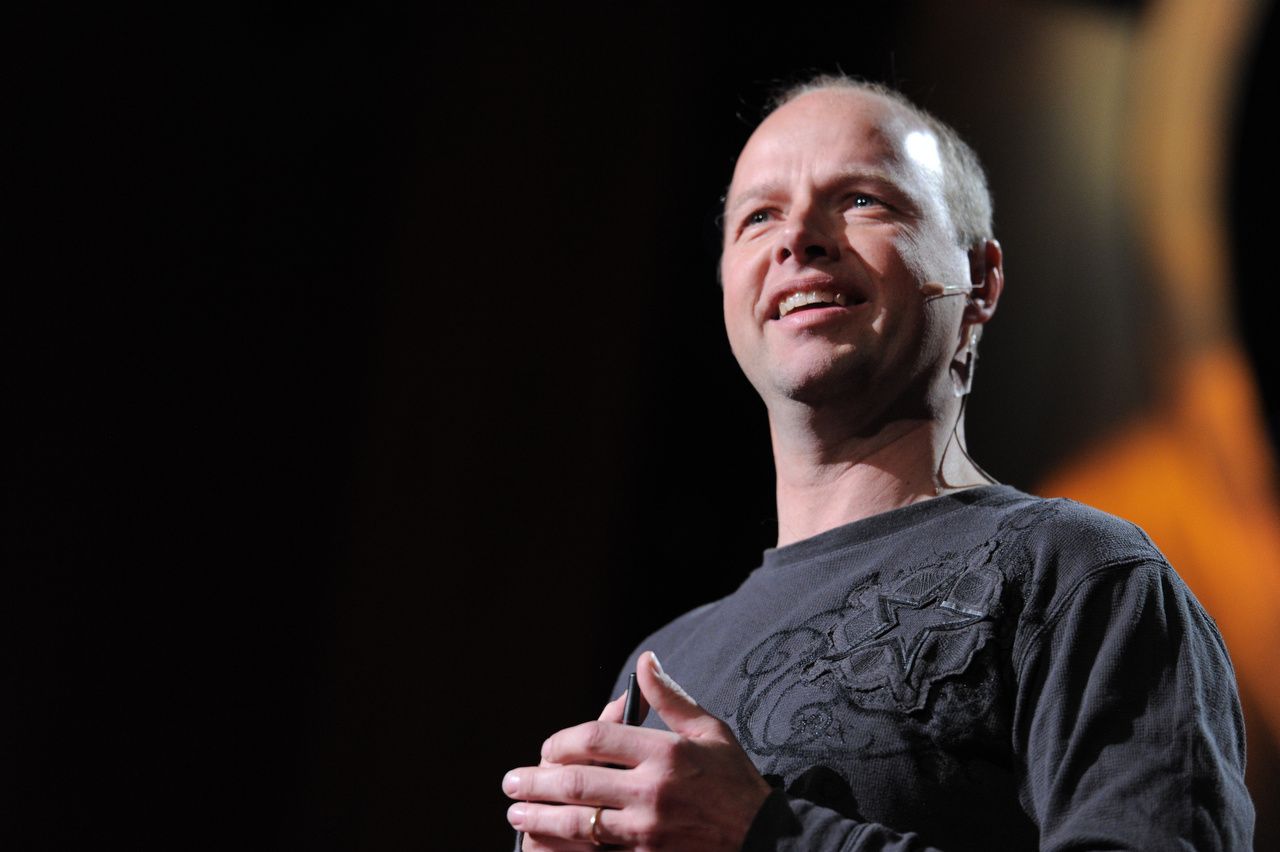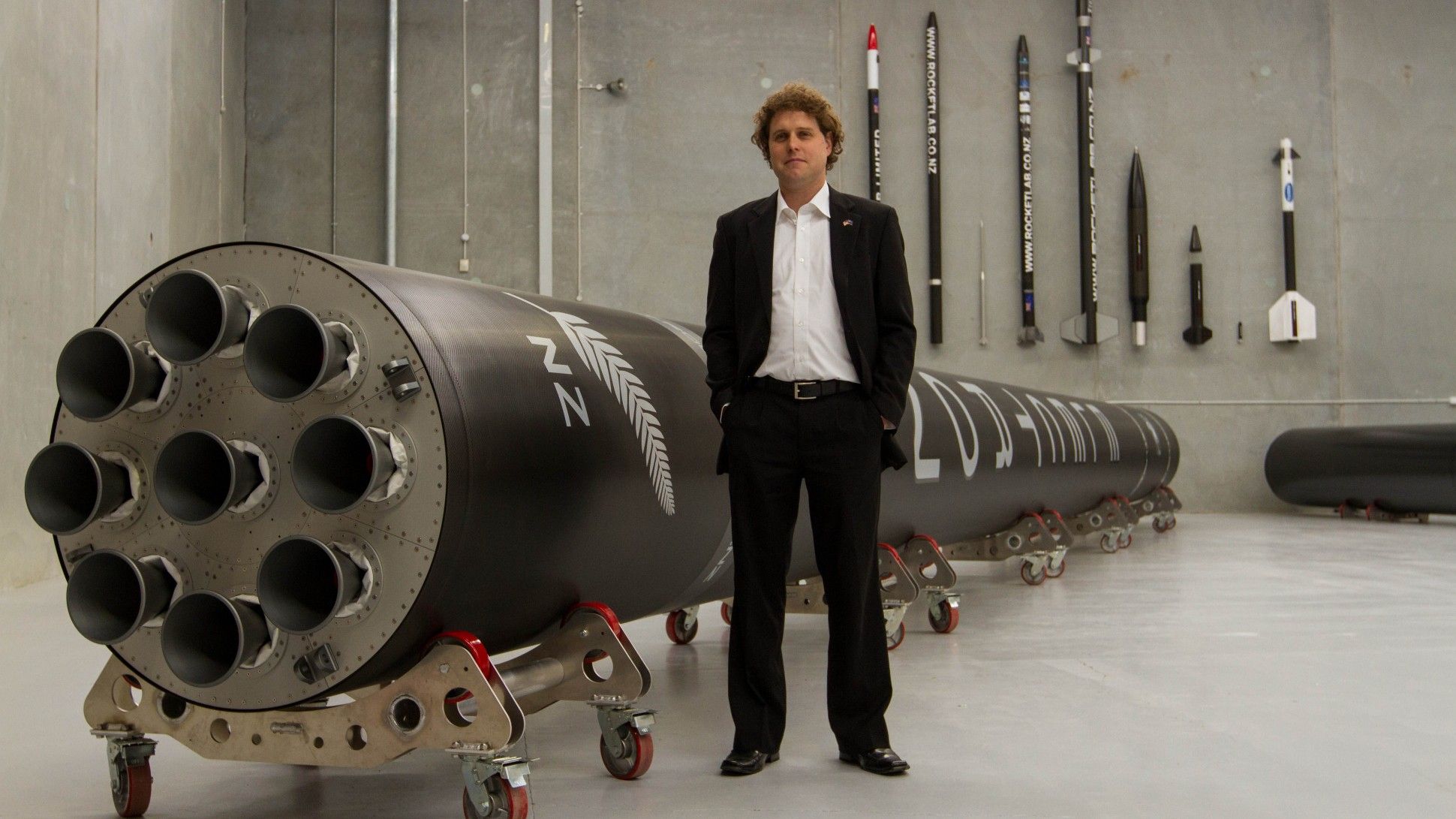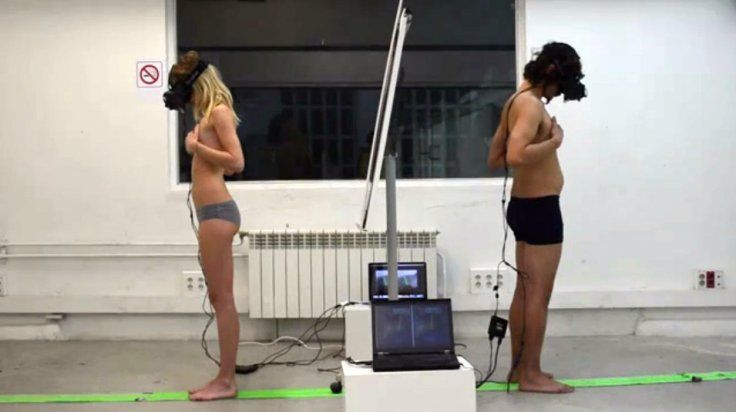Jun 11, 2015
Stanford engineers develop a computer that operates on water droplets — By Bjorn Carey | Stanford News
Posted by Odette Bohr Dienel in categories: computing, hardware, nanotechnology, physics, science, water
” “Following these rules, we’ve demonstrated that we can make all the universal logic gates used in electronics, simply by changing the layout of the bars on the chip,” said Katsikis. “The actual design space in our platform is incredibly rich. Give us any Boolean logic circuit in the world, and we can build it with these little magnetic droplets moving around.”

